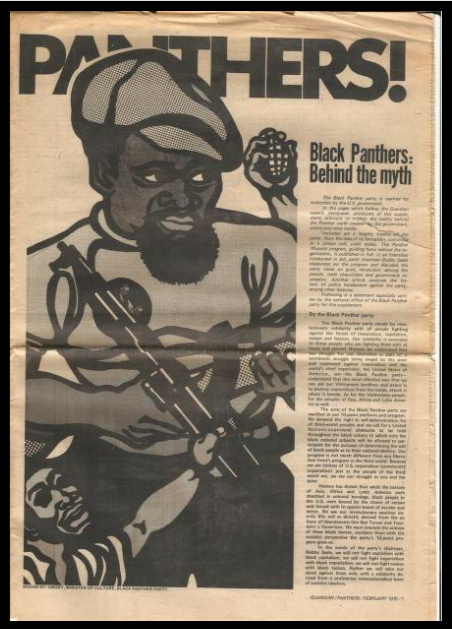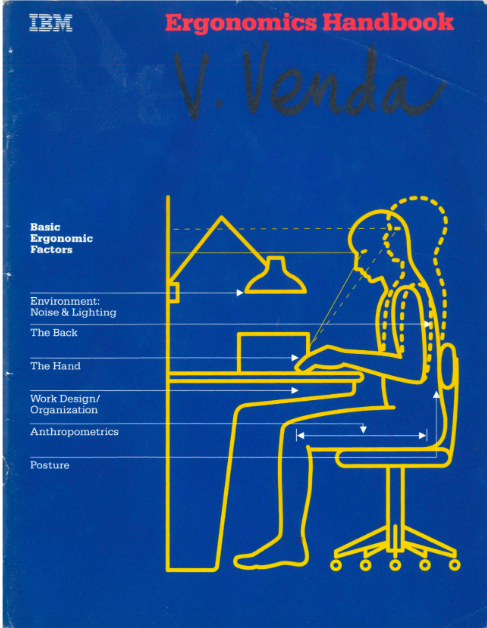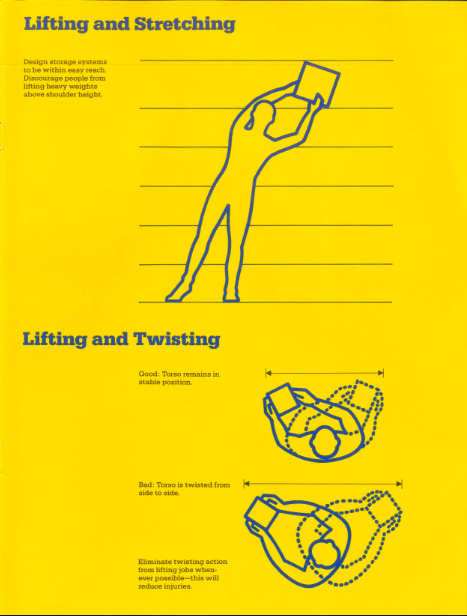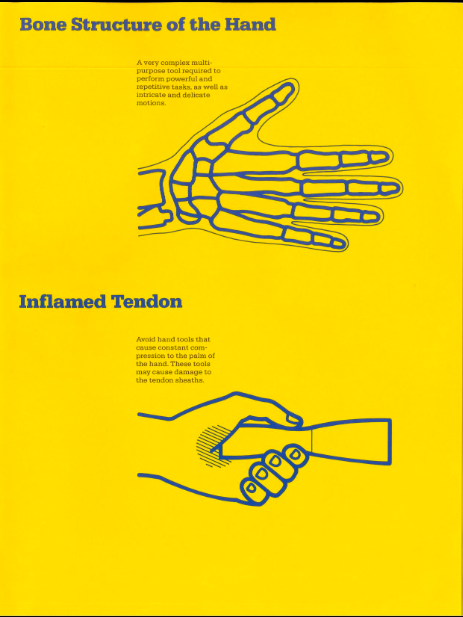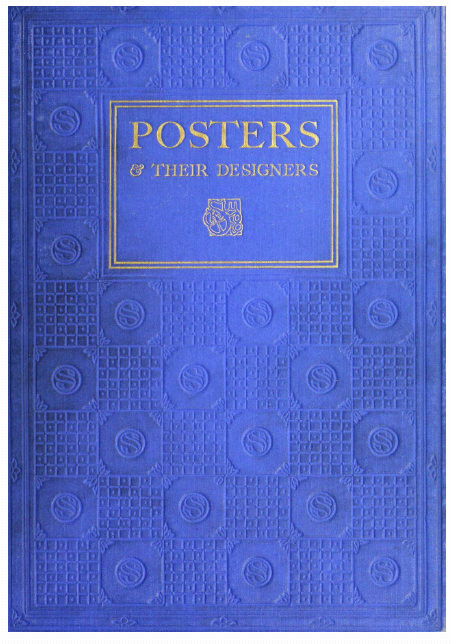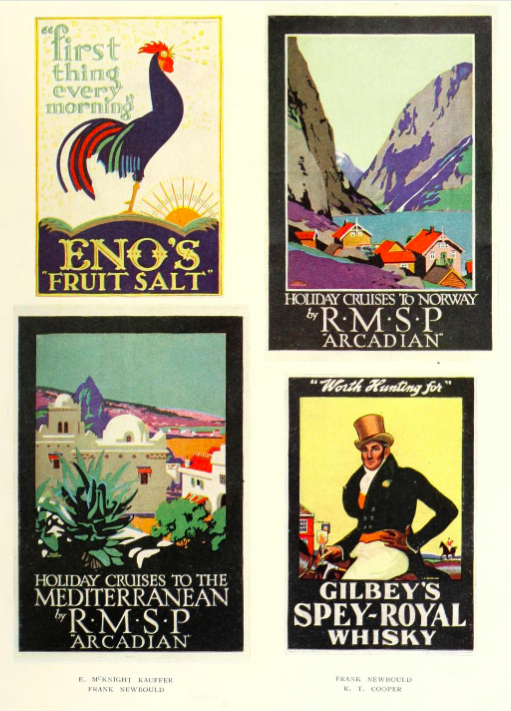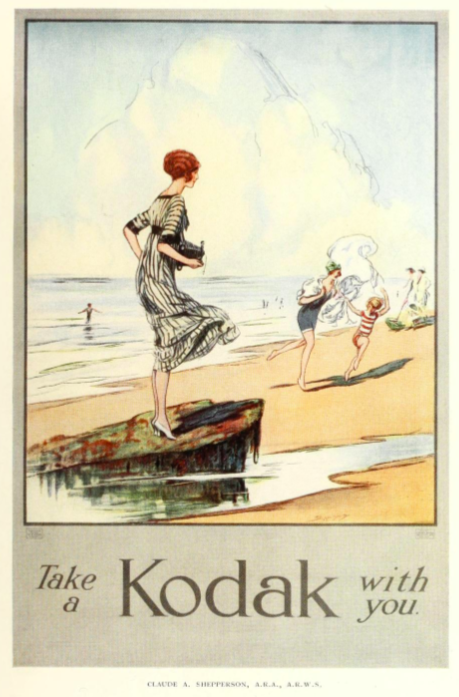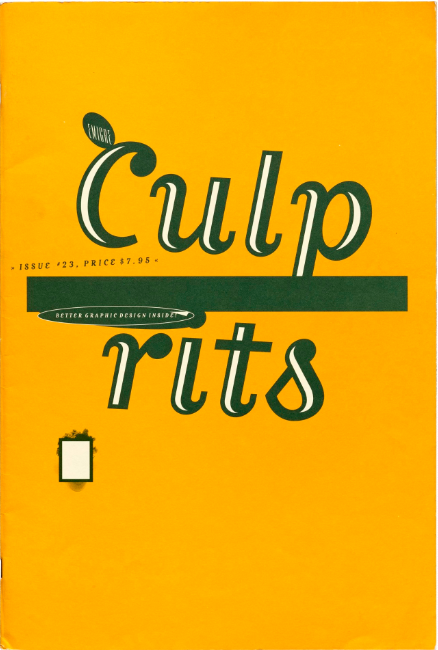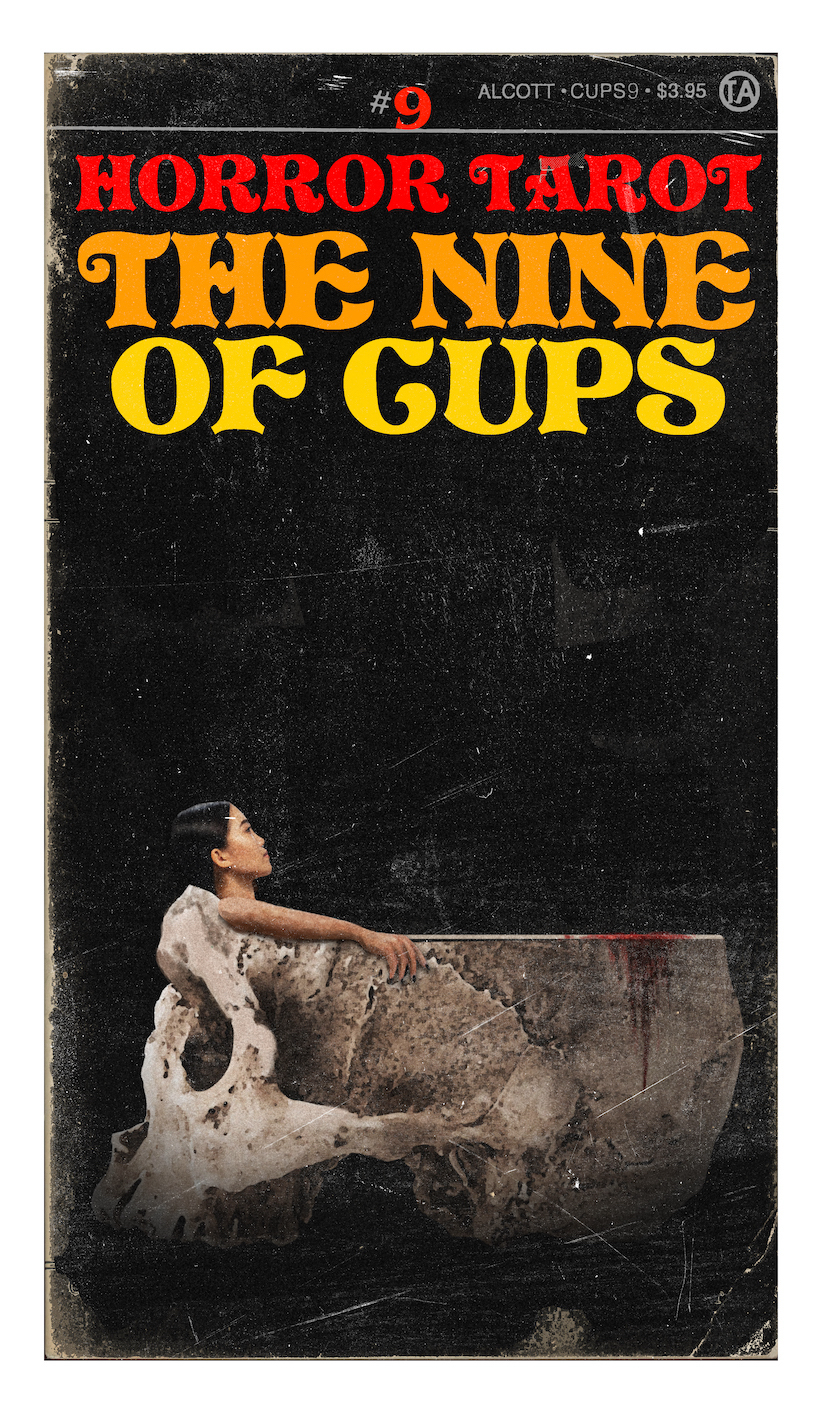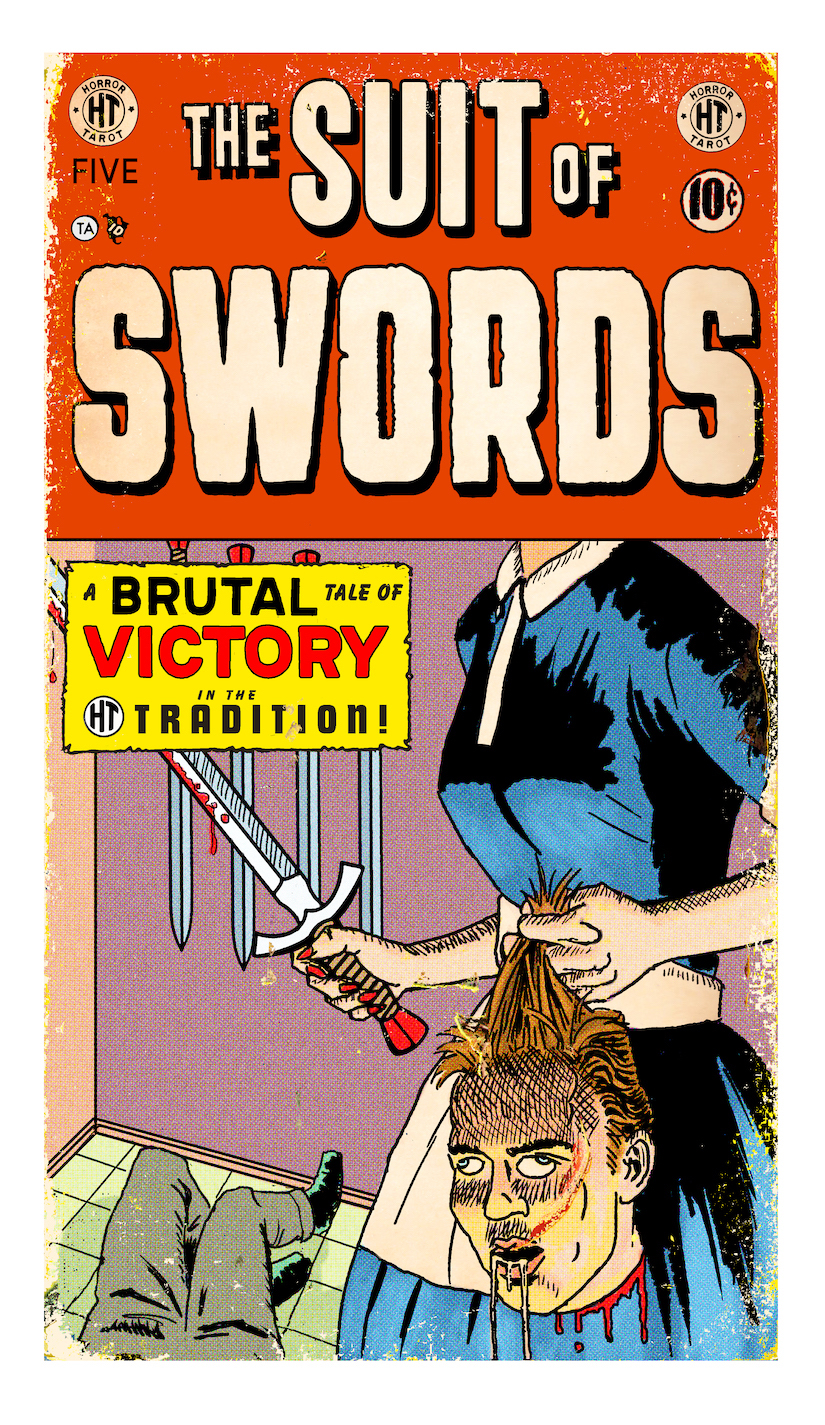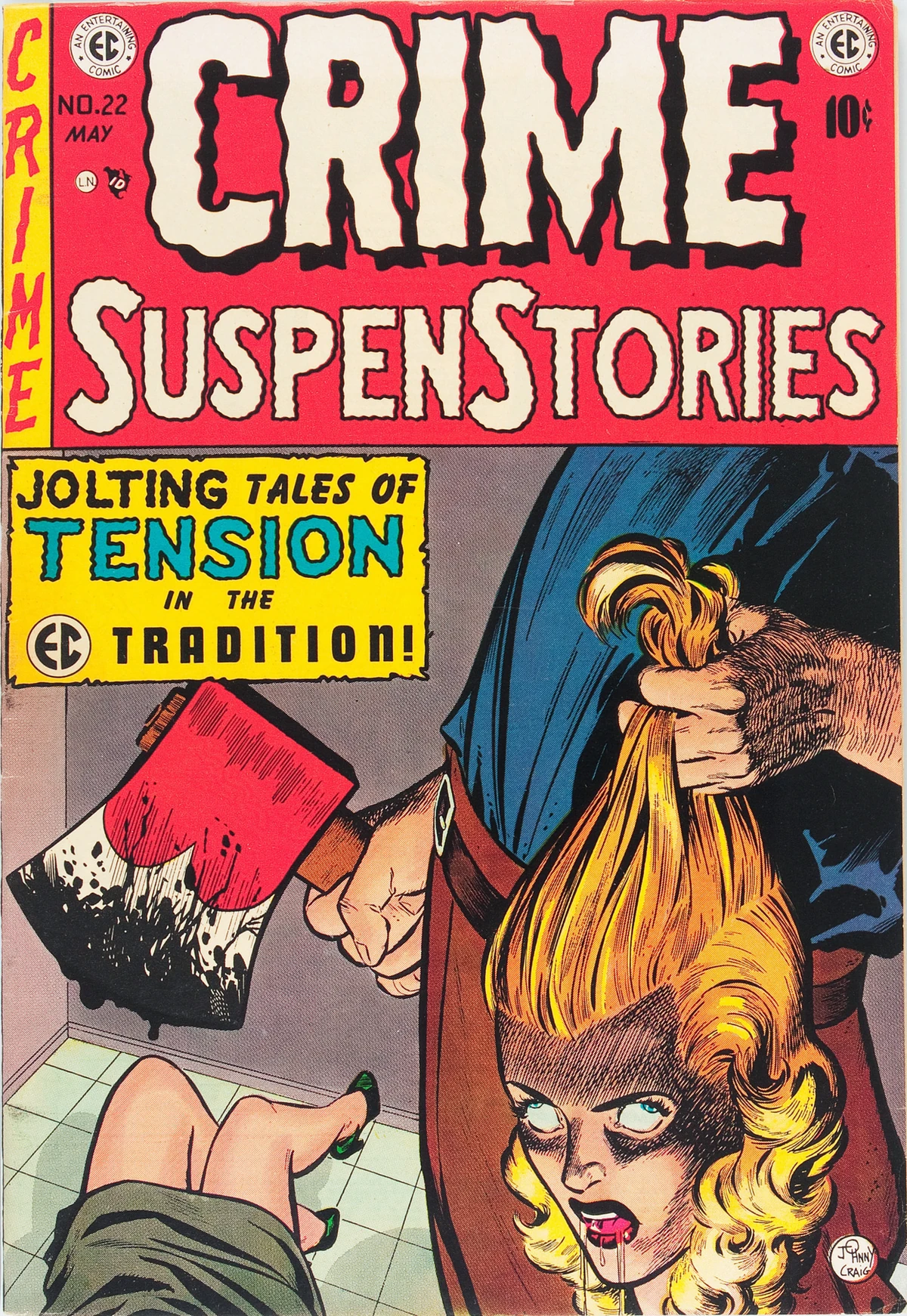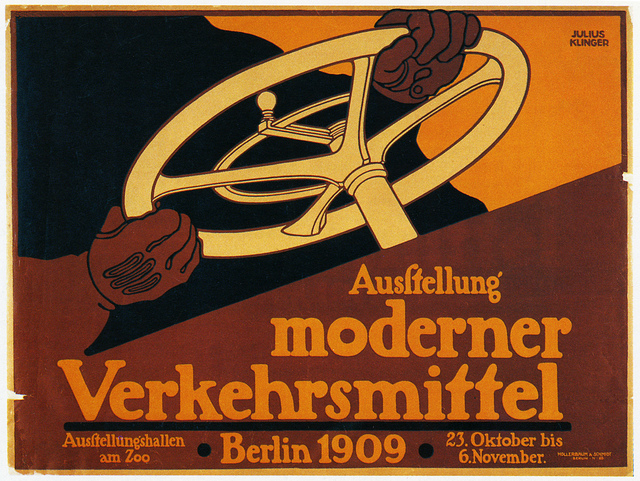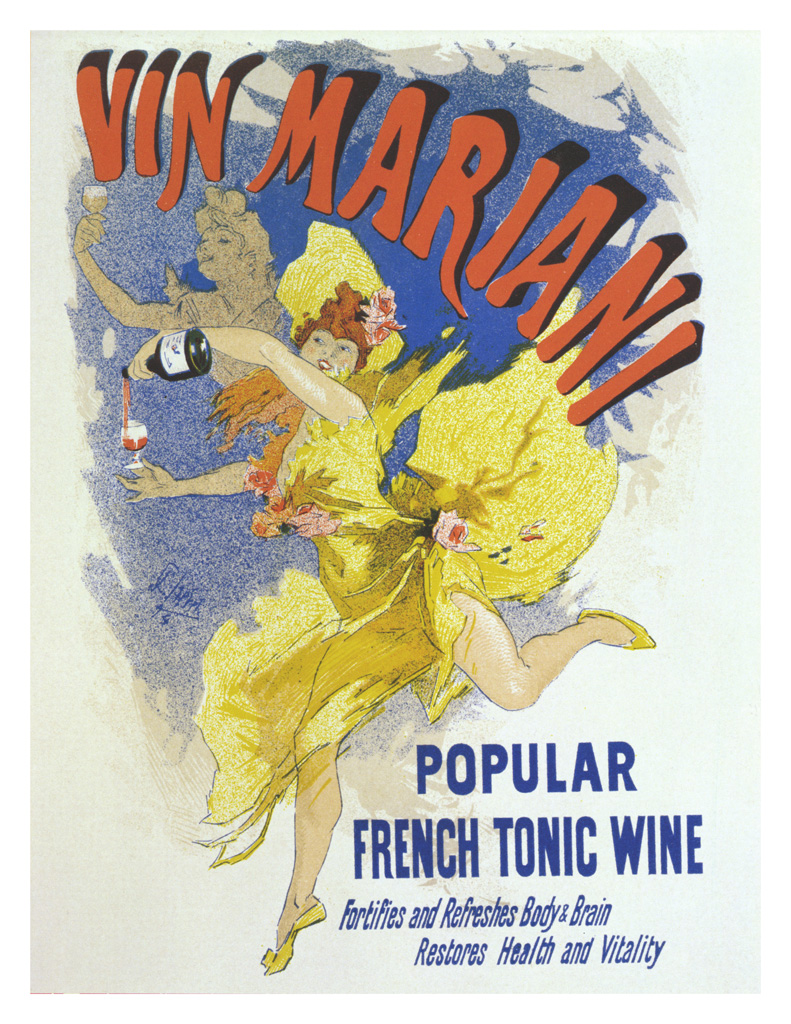The building that houses Dublin’s 3Olympia Theatre began life as Dan Lowrey’s Star of Erin Music Hall.
It has undergone several name changes over the course of its 145 years, and played host to drama, opera, ballet, films, oratorio, pantomime, variety shows, and world-famous popular musicians like David Bowie, REM, Foo Fighters… and Dublin native Sinéad O’Connor, who arrived at the venue in 2011, unceremoniously toting her aluminum foil-wrapped lunch.
Her fifteen-year-old daughter, Róisín Waters, sang back up.
Reviewer Nicola Byrne wrote in Golden Plec that “a single spotlight illuminated O’Connor on the middle of the stage, as she launched into “I Am Stretched On Your Grave,” a song she ‘Usually dedicates to any dead people that may be present:’”
With no instrumental, all attention was on that spotlight. If a pin had’ve been dropped in the Olympia, I would’ve known about it.
O’Connor dedicated that evening’s performance of “Nothing Compares To You” to her 7‑year-old son, Shane Lunny, who died by suicide in January 2022, a year and a half before his mother also took her leave.
A few weeks ago, Nobu Adilman and Daveed Goldman, founders of Choir! Choir! Choir!, swung by 3Olympia Theatre, to lead a 1000-member strong spontaneous choir of ticket holders in a moving cover of “Nothing Compares 2 You,” at the top of the page.
It was a meaningful way for fans to connect to an artist who spoke to them.
Choir! Choir! Choir! previously paid tribute to David Bowie with “Space Oddity,” and Prince (composer of “Nothing Compares 2 You)” with “When Doves Cry” not long after their deaths.
Prior to Dublin, Choir! Choir! Choir! honored O’Connor with a singalong of “Nothing Compares 2 You” at the Toronto Opera House, in the town where their movement got its start.
Ticket purchases benefited CAMH: The Centre for Addiction and Mental Health. Adilman and Goldman were joined onstage by the producer of “Nothing Compares 2 U,” Chris Birkett, and Toronto-based singer-songwriter Feist, whose first album purchase was O’Connor’s debut, The Lion and the Cobra.
“I remember so clearly the first time I heard her at a friend’s house after school,” she told Index Magazine in 2005:
She blew my mind. Her voice sounded like it was from another universe. She redefined everything for me.
Turning the clock back to 2016, we find Choir! Choir! Choir! participants tackling “Nothing Compares 2” as a way of getting the jump on February’s most fraught holiday:
Valentine’s Day kinda sucks so last night, in anticipation, we celebrated EPIC HEARTBREAKS with the one and only Sinéad O’Connor. Props to Prince (yes, we know he wrote this amazing tune!) for not taking this video down in 7 hours and 15 days.
Related Content
Watch David Byrne Lead a Massive Choir in Singing David Bowie’s “Heroes”
Sinéad O’Connor’s Raw Isolated Vocals for “Nothing Compares 2 U”
– Ayun Halliday is the Chief Primatologist of the East Village Inky zine and author, most recently, of Creative, Not Famous: The Small Potato Manifesto and Creative, Not Famous Activity Book. Follow her @AyunHalliday.


